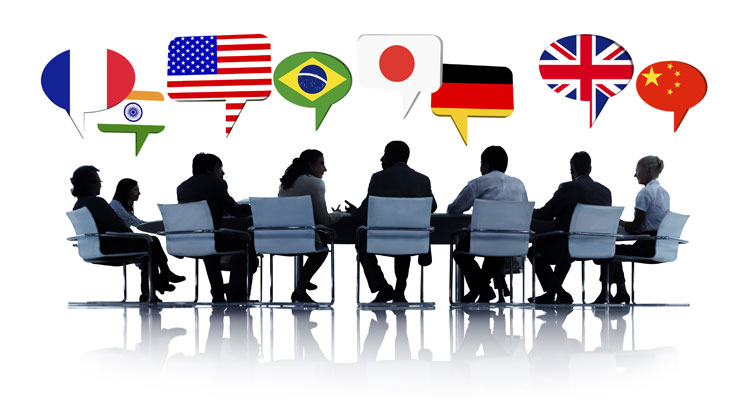Your international counterpart repeatedly shows up late for your conference calls and at times has had to reschedule at the last minute due to unforeseen events. You have used various means of consistent communication to “help” he/she to make sure everything is on track for a successful conference call, but it happens again and your anger/anxiety level has skyrocketed beyond your control.
Has this happened to you? What are your thoughts around this scenario? What emotions start to overwhelm you as you read it?
If you’ve lived in only one culture your whole life, you know that the people around you “get you” by the way they react to your thoughts, words, emotions, and actions.
“Typically most people are in the habit of thinking that behavior has inherent meaning, something attached to the behavior that enables people to understand it; that somehow makes it mean this and not that. In fact, for all practical purposes, an instance of behavior has no particular meaning other than what the people who witness that behavior assign to it. In short, behavior means what we decide it to mean – and very often it means nothing that all.” (Storti, 1999)
Let that sink in for a moment, the meaning of a behavior is defined by the people who witnessed the behavior as well as the person demonstrating the behavior.
Using the scenario above, consider this: how would this behavior be interpreted by someone from a culture where people always arrive half an hour after the stated starting time? How would this behavior be interpreted by someone from a culture where people always show up for the meeting five minutes before the stated starting time?
Since the scenario above happens with two people from different cultures, the meaning they place on the behavior will have multiple interpretations until a common definition is understood by all parties involved with the behavior. How is a common definition agreed upon by all parties in a way that doesn’t unintentionally offend others?
Seven Steps to Bridging Behavioral Meaning
Here are seven steps to complete in order to reach a common definition of an observed behavior:
- Look inward first
Why am I reacting this way? Which of my values are being challenged? What am I able to change about my approach to this situation? What are my assumptions about this behavior? - Isolate the behavior itself
What actually happened? What was actually said? - Be curious
Is the person aware of the interpretations around their behavior? What is your role in helping raise their awareness? How does the person interpret their own behavior? How are other people interpreting this behavior? - Give multiple interpretations
Send the person a list of different interpretations that you’ve gathered or created
Admit you’re unsure of how to interpret their behavior - Allow space for definitions to be given
Give the person time to follow up and offer a definition of their behavior - Ask for follow up
Make sure to ask your questions if needed after a definition is given
Ask for expectations from the person regarding if the behavior happens again - Agree on a common definition
Make sure everyone involved can agree with the definition of the behavior as well as the next steps when the behavior happens again
Learning to adapt to how other cultures, and people within cultures, view behaviors is an effective skill set to have when working with multiple countries.
Even though something may be “true” in your culture or perspective doesn’t mean that it’s a universal “truth” which is applicable to everyone. I encourage you to give yourself space to pause for the other person, learn something new before jumping to a conclusion or unmet expectation. It will only benefit your intercultural communication in the long run.


